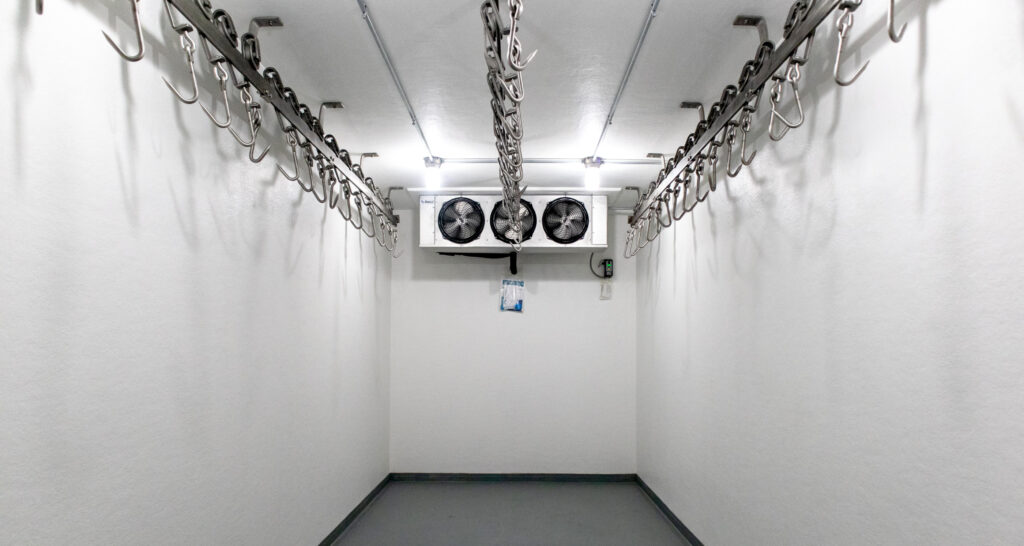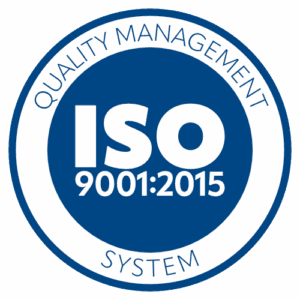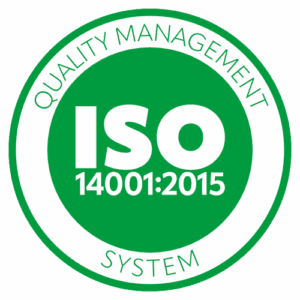
Every successful meat processing operation starts with dependable cold storage. From small butcheries to large-scale meat-packing facilities, maintaining strict temperature control is vital for food safety, product integrity and regulatory compliance. That’s why choosing the right commercial meat cooler or walk in meat freezer is one of the most important decisions you can make.
This comprehensive guide breaks down everything you need to know before purchasing a walk in cooler for meat processing, including types of units, key features, common mistakes to avoid and how you can build a solution that lasts.
In the meat industry, temperature is everything
Raw meat is a highly perishable product that begins to degrade quickly if not kept at the proper temperature from the moment it’s harvested. Federal guidelines from the USDA and FDA mandate strict controls for temperature during slaughter, processing, storage and transportation.
Failing to maintain these controls doesn’t just put public health at risk, it can also result in product recalls, financial penalties and irreparable harm to your brand. A reliable meat cooler or freezer ensures your meat stays within safe temperature ranges at every stage of production.
Cooler vs. freezer: What does your operation require?
Walk in cooler for meat processing
A meat hanging cooler is designed to keep meat products chilled, typically between 28°F and 35°F. This temperature range slows bacterial growth and preserves the meat’s texture, color and quality. Coolers are ideal for:
- Storing freshly butchered or portioned meat awaiting packaging
- Temporary holding during inspection or processing
- Staging for short-term shipping and delivery
Walk in freezers for meat storage
A walk in meat freezer maintains temperatures at or below 0°F, making it suitable for long-term storage.
These meat freezers are commonly used for:
- Bulk storage of inventory
- Holding seasonal or overflow product
- Extending the shelf life of raw cuts, ground meats and prepared products
Many facilities require both to ensure continuous production flow and adequate storage flexibility.
Important purchasing decisions to consider
Before making your purchase, it’s important to assess your facility’s specific needs. Here are the top factors to consider:
Temperature and humidity uniformity, control
For meat processors, both coolers and freezers must deliver uniform, tightly controlled conditions: Precision refrigeration systems with digital thermostats should hold narrow temperature tolerances and recover quickly after every door opening—especially in busy meat‑hanging zones—while properly balanced humidity, maintained with desiccant dehumidifiers, keeps relative humidity low enough to prevent frost on coils, surfaces, and product. Together, this protects food quality and ensures a safe working environment.
Interior construction and cleanability
Hygiene is important in meat processing environments. Your walk in cooler or walk in freezer should have seamless, non-porous interior surfaces that are resistant to blood, fat and moisture. Fiberglass-reinforced panels or stainless steel liners are popular for their cleanability and resistance to corrosion.
Insulation and efficiency
Energy efficiency isn’t just good for your utility bill, it directly affects unit performance. High-quality insulation, such as polyurethane foam, helps maintain consistent temperatures and reduce the strain on refrigeration equipment.
Improper door sealing can lead to air leaks, temperature loss and higher energy use. Look for heavy-duty, gasketed doors with strong latches, reinforced hinges and optional kick plates. Consider automatic door closers or alarms if your meat cooler has frequent door openings.
Determining size, layout and placement
Your portable meat cooler should be designed around your workflow. Modular construction makes it easy to scale up as your operation grows. Consider whether you’ll need:
- Separate rooms for raw and cooked meats
- Pass-through designs for processing lines
- Drive-in or cart-accessible doors for bulk movement
Indoor units are ideal when space is available, offering easy access and more controlled conditions. However, outdoor meat hanging freezers can be invaluable when floor space is limited, especially in high-volume operations and remote sites. Both options serve a customer well, depending on layout and logistics.
Meeting compliance and regulations
Your cold storage unit must meet stringent standards set by the USDA, FDA and local health departments to ensure the safe handling, storage and distribution of perishable meat products. These regulations cover everything from internal temperature consistency and construction materials to sanitation and accessibility for inspection.
To meet regulatory standards, your meat cooler should offer:
- Consistent temperature control with accurate, easy-to-read monitoring systems
- NSF-listed materials for food-safe surfaces
- Seamless interior construction to prevent bacterial harborage
- Proper drainage systems to avoid standing water and contamination
- Easy-clean design to support sanitation schedules
- Insulation that maintains temperature during door openings or power fluctuations
- Lockable doors and access control, if required for food security
Choosing a unit that’s not up to code can result in failed inspections, costly downtime or even forced product recalls. That’s why you should invest in cold storage that’s built with compliance in mind from day one.
Avoiding common mistakes
When it comes to investing in a meat hanging cooler, some common missteps can cost you time, money and compliance. For instance, watch out for:
Failing to plan for growth
It’s easy to focus on your current storage needs, but in meat processing, operations often scale faster than expected. Choosing a walk-in unit that barely meets today’s capacity could leave you scrambling for more space down the line. Planning for future expansion upfront can save you significant time, money, and logistical headaches later.
Choosing the wrong location
Placement matters more than you might think. A poorly located walk-in can disrupt workflow, create bottlenecks or increase foot traffic through areas that should remain clean or restricted. Be strategic about where your unit goes to maintain efficiency and safety throughout your facility.
Skipping preventive maintenance
Like all equipment, your meat freezer requires regular maintenance to stay in top condition. Cleaning the condenser and evaporator coils, checking refrigerant levels and inspecting seals are just a few simple tasks that can prevent breakdowns and prolong the life of your unit.
Why meat processors trust Polar King
At Polar King, we specialize in building meat processing coolers and freezers that are as tough as the environments they serve. Our one-piece, seamless fiberglass construction resists moisture, mold, rust and bacteria, making it ideal for the rigorous demands of meat processing facilities. Polar King offers fully weatherproof outdoor units with integrated refrigeration, eliminating the need for a separate mechanical room or protective structure.
Whether you need a compact portable meat cooler for a specialty operation or a large-scale meat freezer, we work with your team to design a custom solution that’s built to last.
Contact Polar King today to explore our custom-built walk in coolers and meat freezers. We’ll help you choose the right solution, meet regulatory standards and protect your product from the start.




